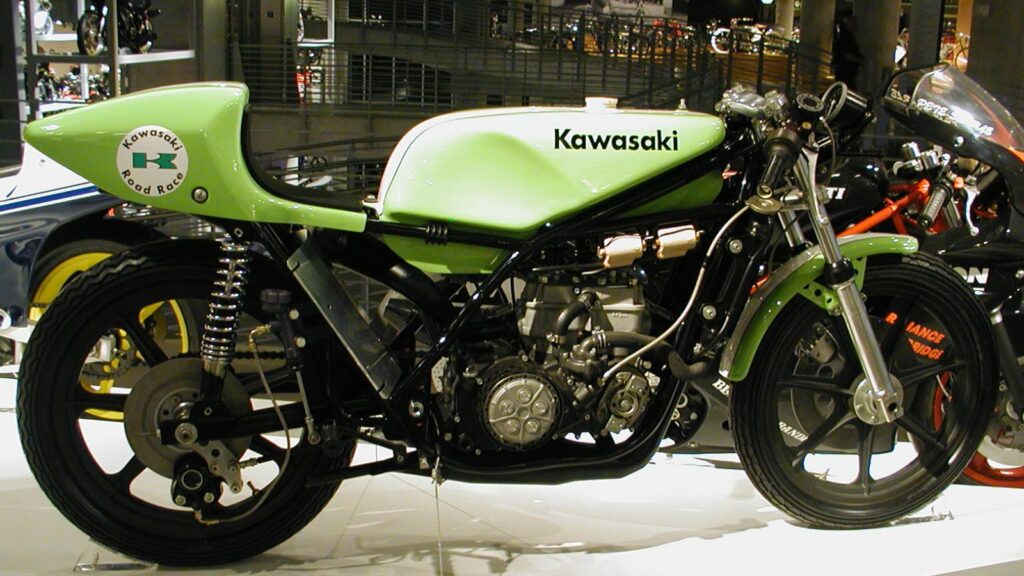The 1970s and early 80s were a turning point in motorcycle history. Riders who had grown up with basic commuters and heavy cruisers suddenly found themselves staring at machines that looked and felt like they had rolled straight off a racetrack. Inline-fours, triple-cylinder two-strokes, screaming twins, and wild styling experiments all converged to create what we now call the sport bike. It was an era when manufacturers were unafraid to push boundaries, sometimes with brilliance, sometimes with danger. For Canadian riders, this was the period when European exotics, Japanese innovation, and a few American experiments brought real performance to the streets. These 20 bikes didn’t just sell motorcycles — they defined a genre that still thrives today.
Honda CB750 (1969–1978)
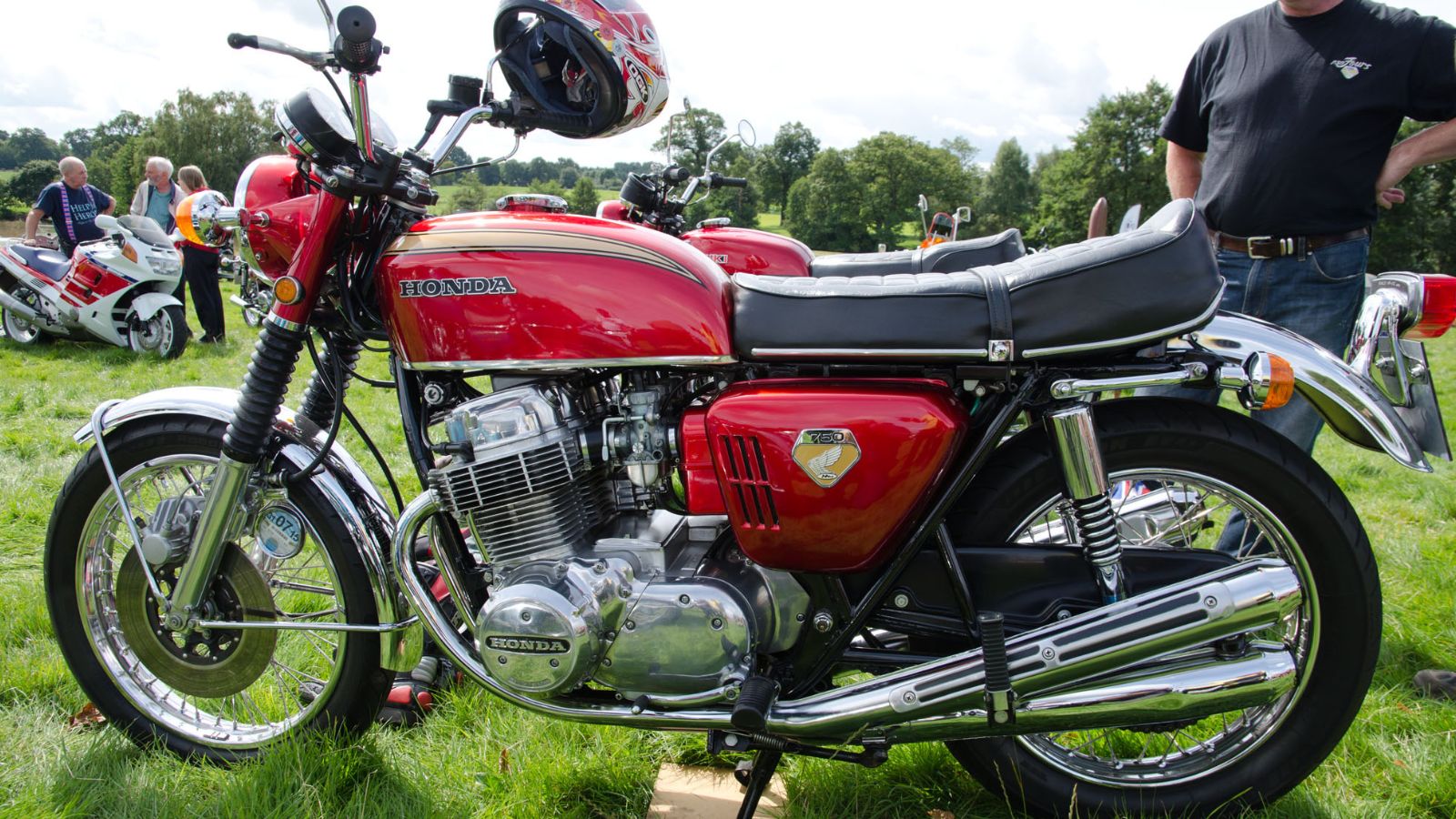
The CB750 is often considered the grandfather of modern sport bikes. Released in 1969 and still influencing the 70’s, it introduced an inline-four with electric start and disc brakes at a price the average Canadian rider could afford. It wasn’t just a bike; it was a revolution. For the first time, a motorcycle could combine everyday usability with superbike-level performance. Canadian riders quickly embraced it as the machine that made big power reliable and accessible, sparking an arms race that would define the decade.
Kawasaki Z1 (1972–1975)
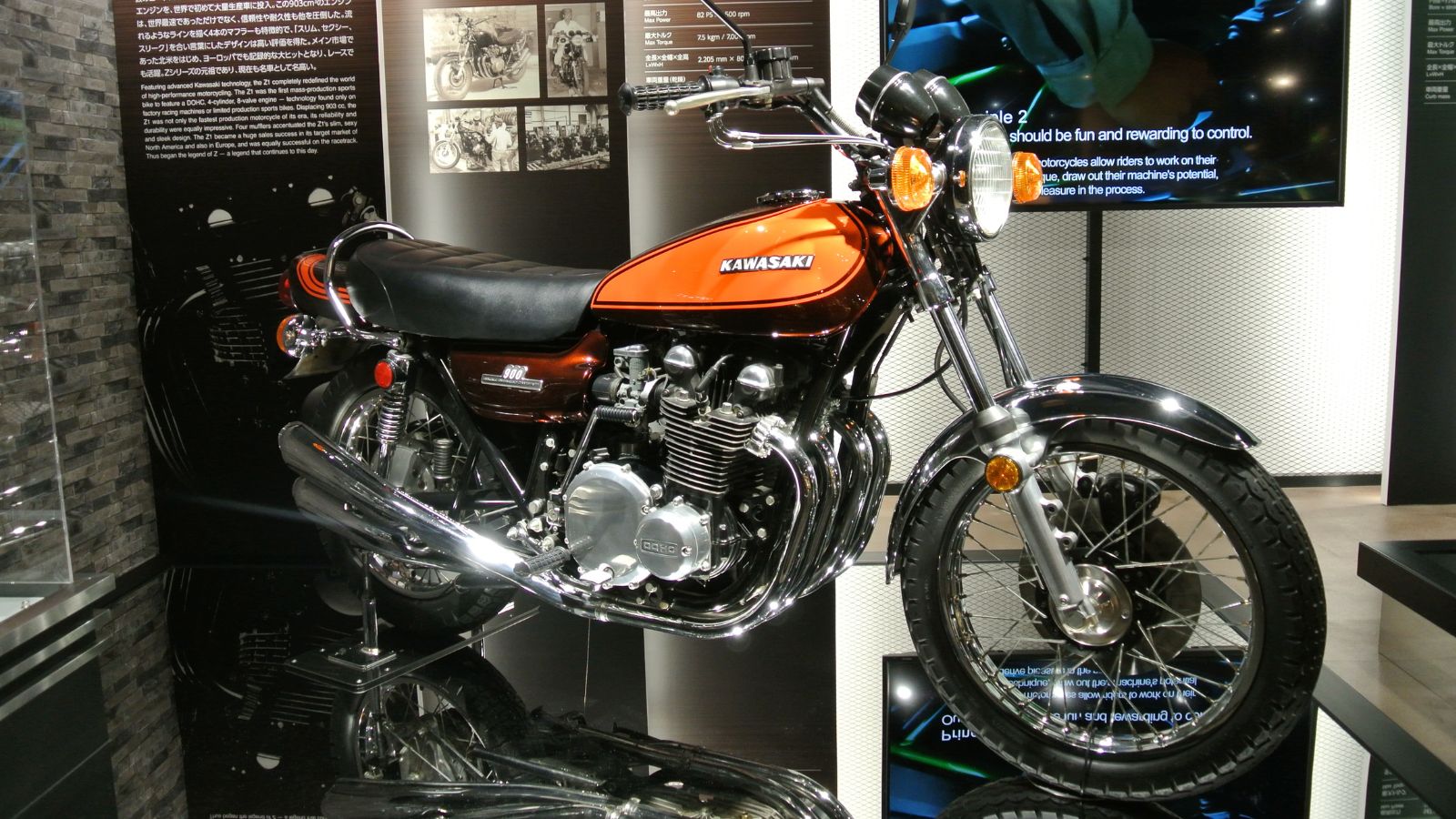
Kawasaki wanted to beat Honda at its own game, and with the Z1 they did just that. Its 903cc four-cylinder was the most powerful engine of the time, pushing it beyond 130 mph — a huge number back then. Known for straight-line speed and brutal acceleration, it was the muscle bike of choice in Canada. The Z1’s legacy is enormous: it inspired the entire Kawasaki Z lineup that continues to this day, and for many riders, it symbolized the first true taste of excess in sport motorcycling.
Suzuki GT750 “Water Buffalo” (1971–1977)
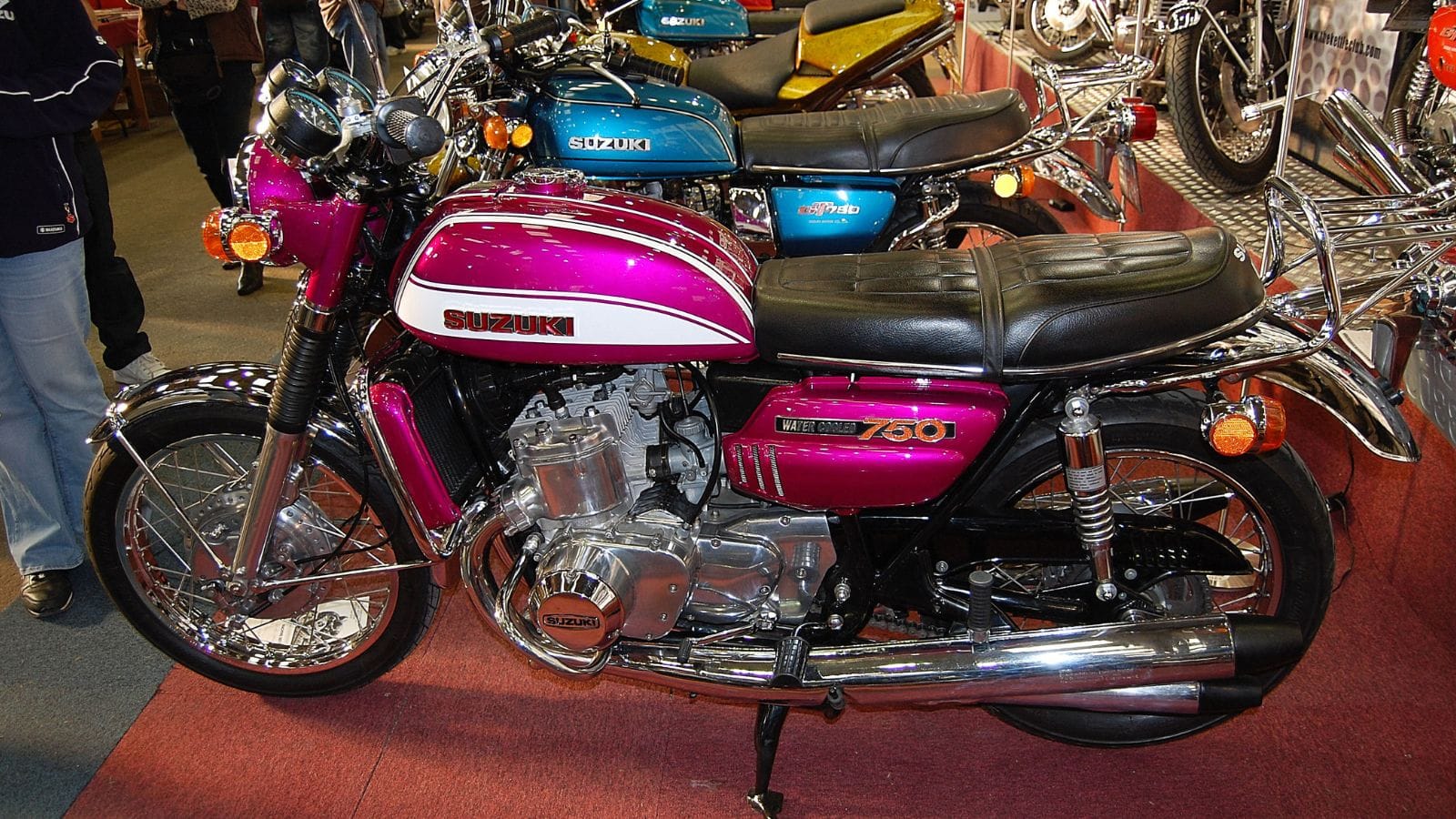
Nicknamed the “Water Buffalo” in North America, the GT750 was one of the earliest liquid-cooled motorcycles, making it stand out from its rivals. It was a big two-stroke triple, heavy but surprisingly smooth, with a unique character that combined long-distance comfort with wild bursts of power. In Canada, it became a cult bike for those who wanted something quirky, smoky, and unforgettable. While it lacked sharp cornering ability, it proved that technology was advancing quickly and two-strokes weren’t just for small machines.
Yamaha RD350 (1973–1975)
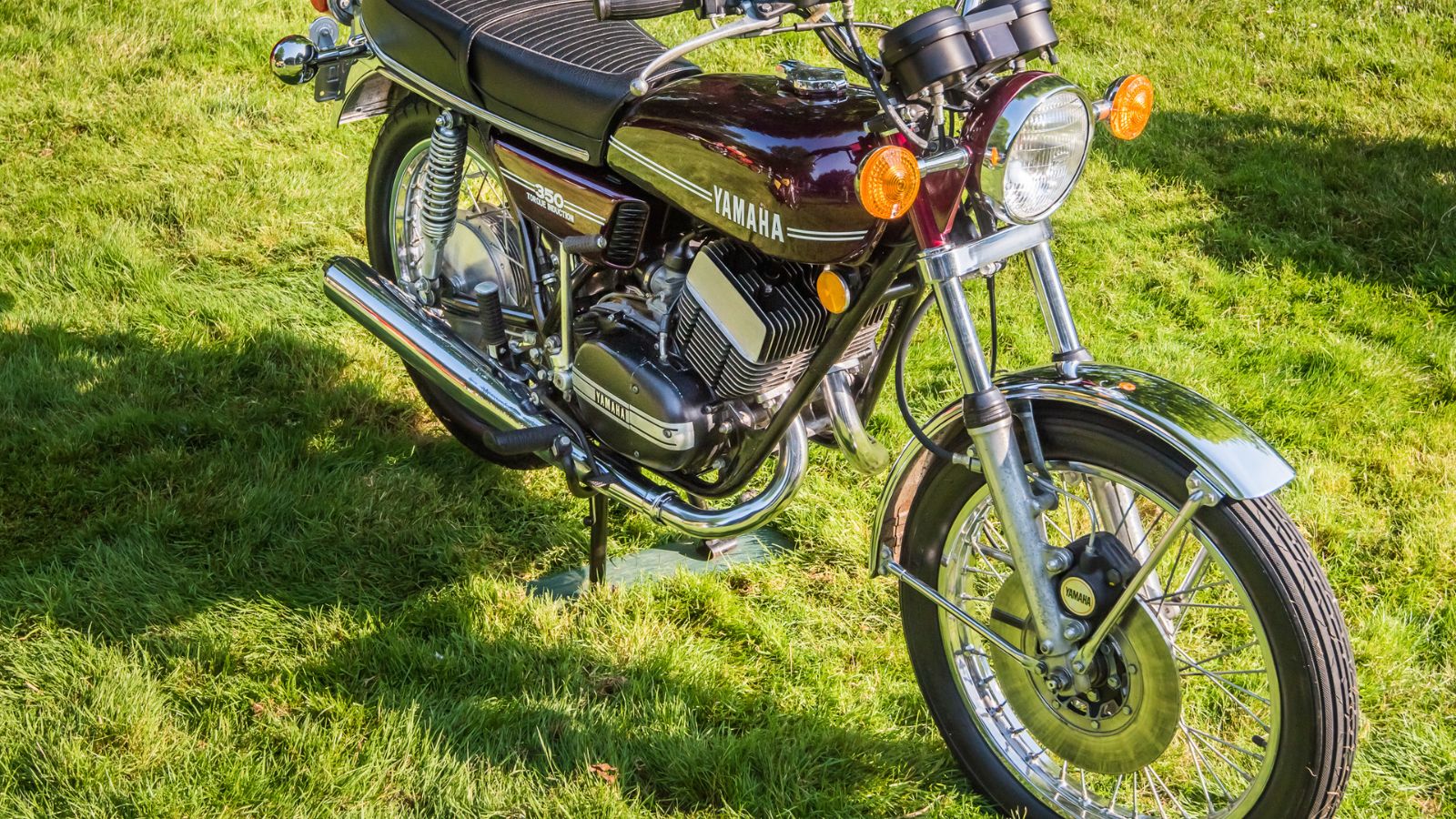
The RD350 was small in size but big in heart. Its two-stroke twin delivered shocking acceleration for the displacement, and its lightweight chassis made it a scalpel in corners. It was accessible, affordable, and for many Canadians, it was their first taste of true sport riding. The RD’s reputation for mischievous handling and wheelie-happy nature made it both adored and feared. It taught an entire generation that horsepower wasn’t everything — power-to-weight ratio was king.
Kawasaki KR250 (1975–1982)
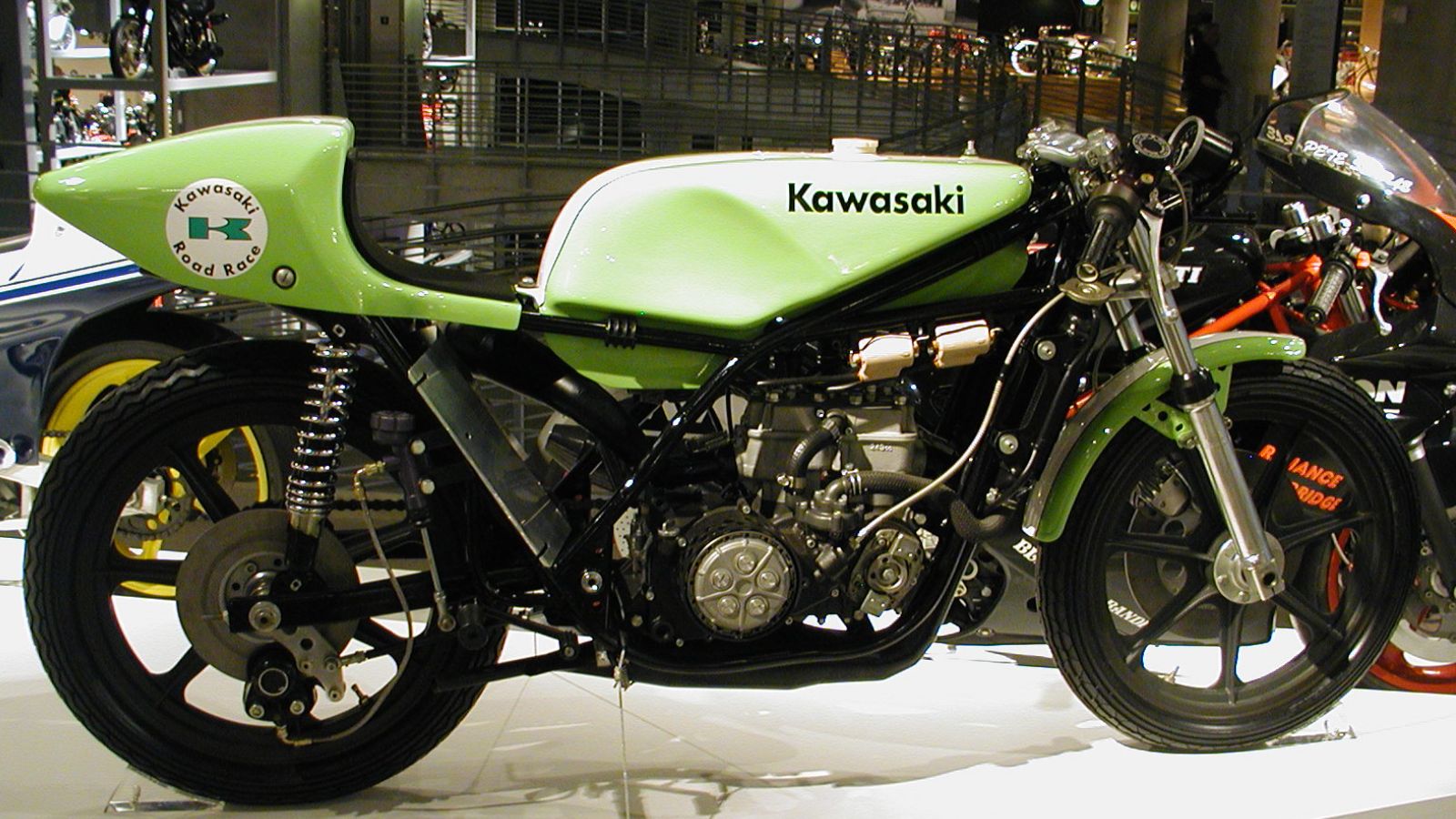
The KR250 was inspired by Kawasaki’s racing program and gave smaller-displacement riders a chance to experience advanced design. With a parallel-twin engine and a light frame, it was sharp and agile. In Canadian terms, it was rare, but those who rode one saw it as a stepping stone to larger, more powerful bikes. It was one of the machines that kept the sport bike segment accessible to young enthusiasts who couldn’t afford the big 750s or 1000s.
Suzuki GS1000S (1978–1980)
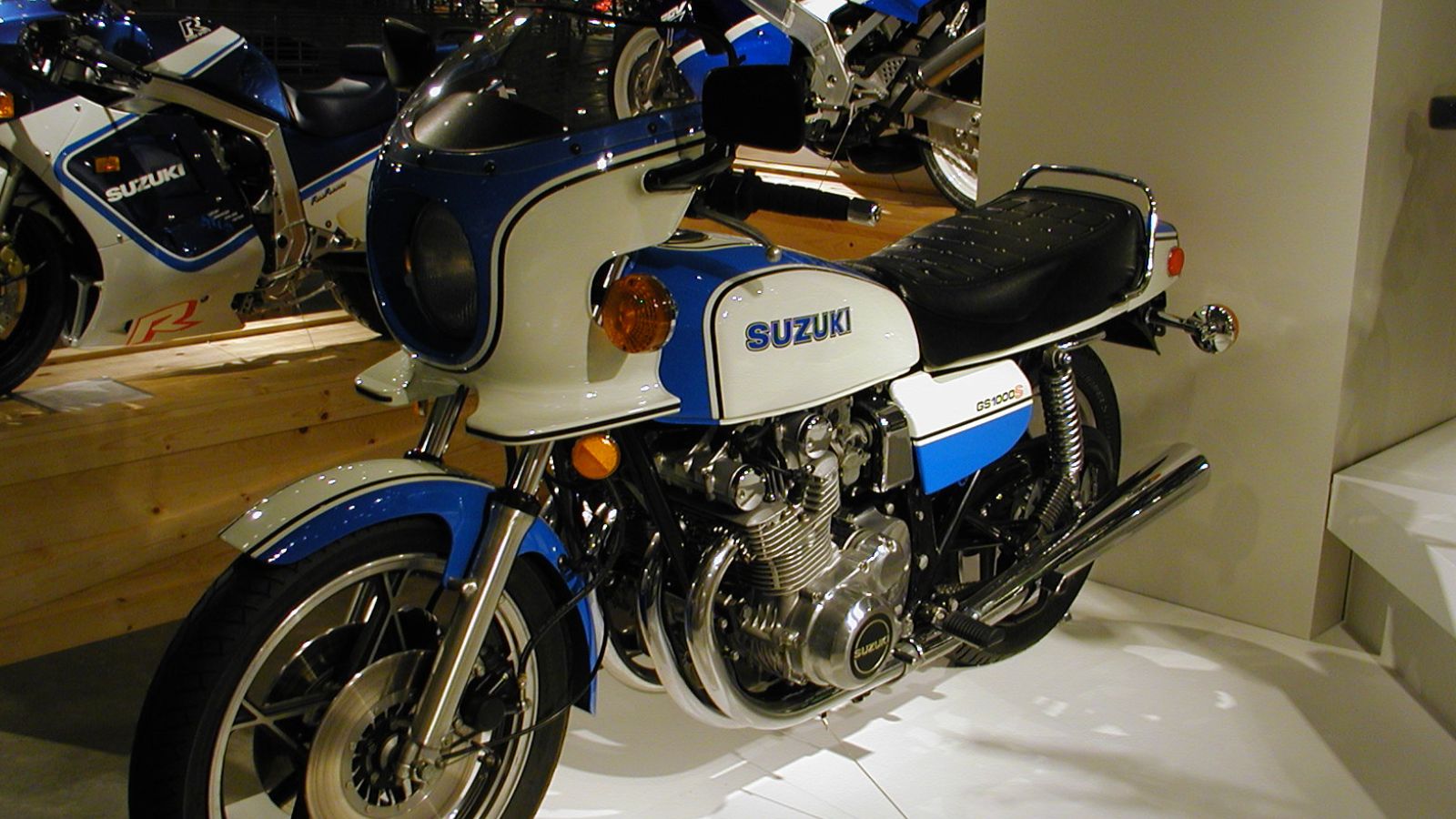
The GS1000S was more than just another big inline-four — it became a racing legend. Wes Cooley’s AMA Superbike wins put Suzuki firmly on the performance map. For Canadians, it proved that Suzuki wasn’t just about quirky two-strokes but could go head-to-head with Honda and Kawasaki. The GS1000S offered speed, stability, and a racing pedigree, making it a must-have for riders chasing the new superbike culture spreading across North America.
Ducati 900SS (1975–1982)
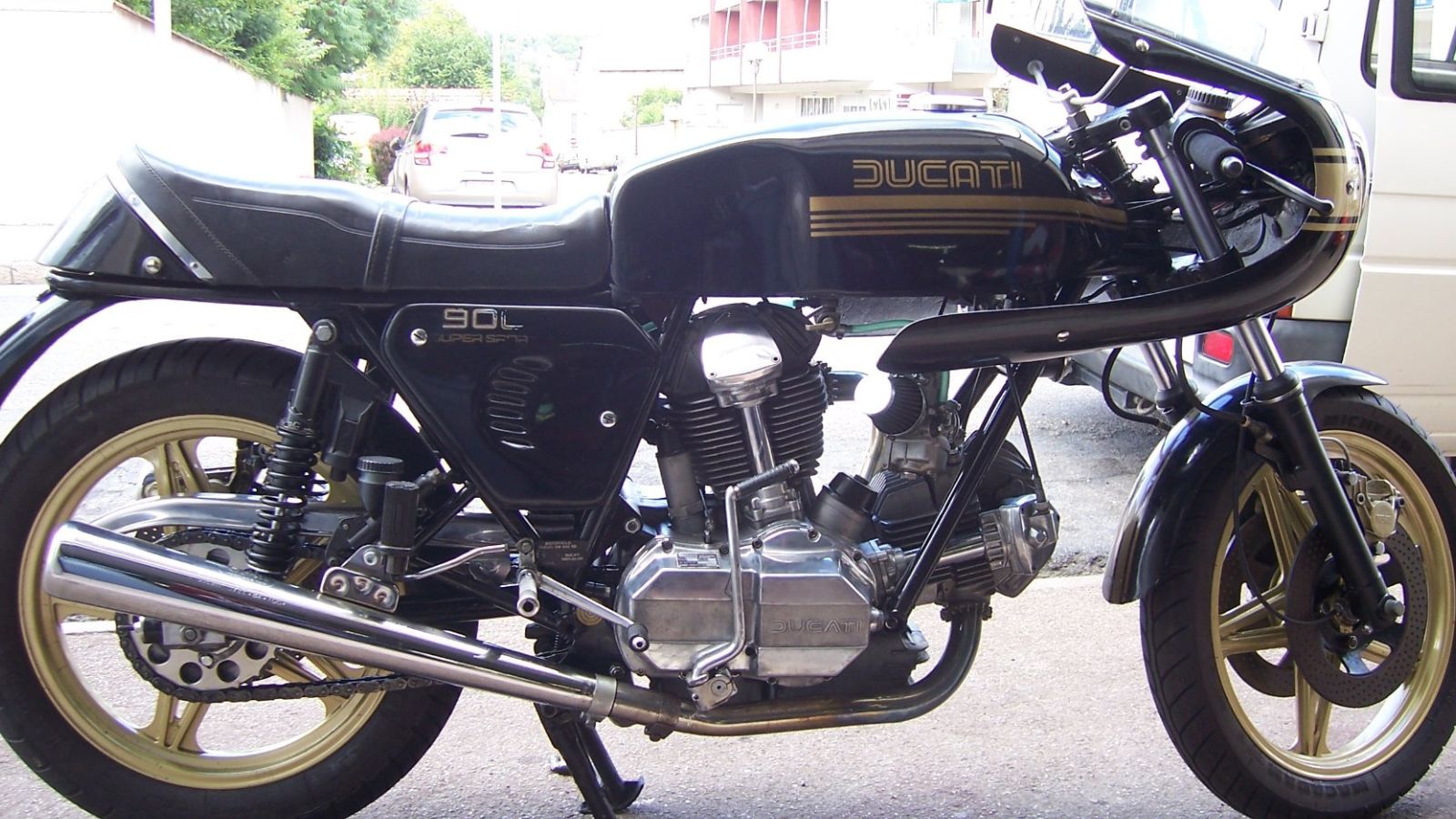
The Ducati 900 Super Sport cemented Ducati’s reputation for building exotic, soulful sport bikes. With its desmodromic valve twin and beautiful Italian lines, it became the dream bike of the era. Canadians who saw one knew immediately that it wasn’t just another motorcycle — it was art on wheels. Expensive and rare, the 900SS represented the other side of sport biking: less about outright power, more about character, precision, and emotional connection.
Yamaha XS1100 (1978–1981)
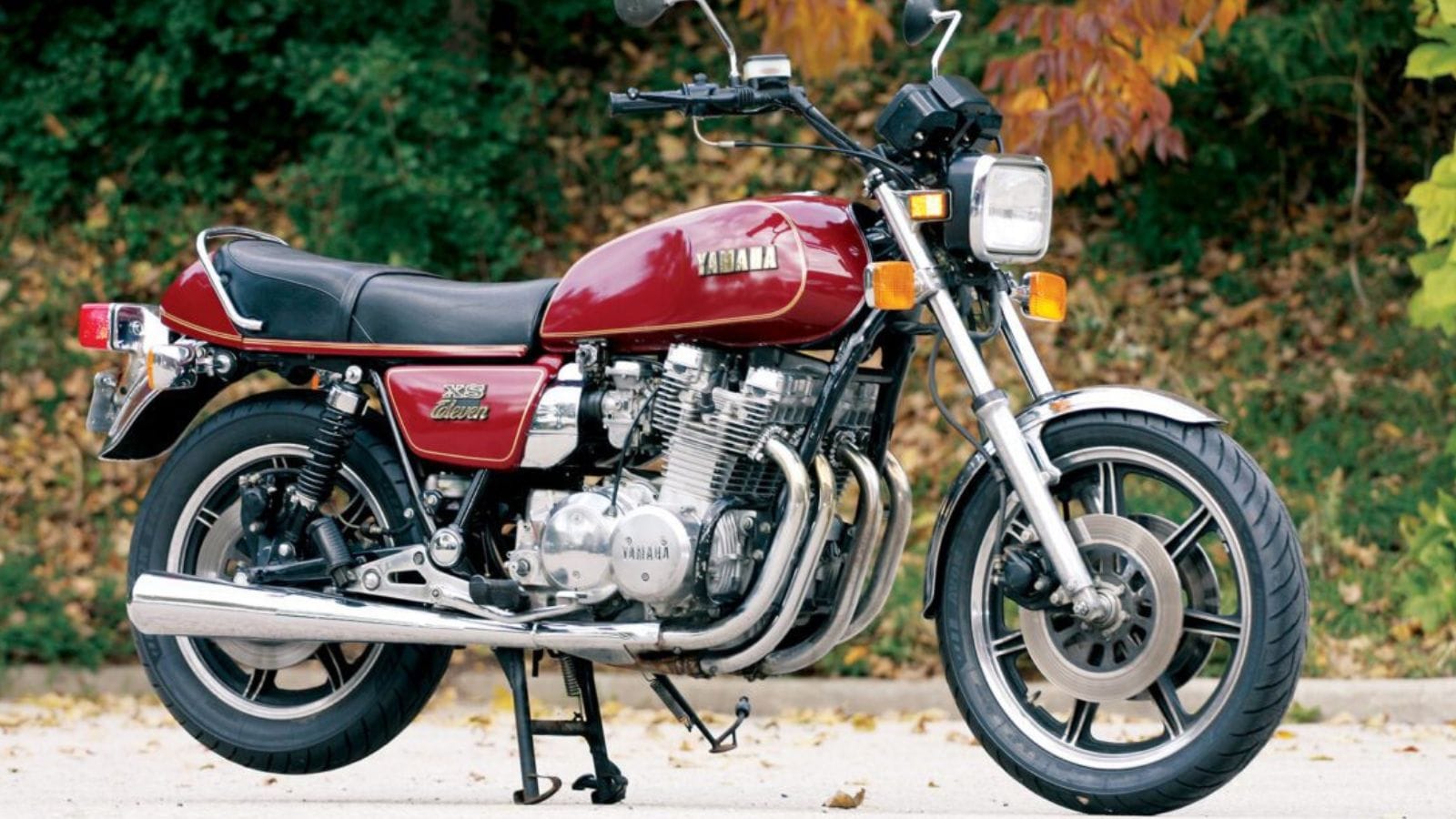
The XS1100 was Yamaha’s big brute, a shaft-driven inline-four that packed serious horsepower. It was fast, heavy, and stable, perfect for Canadian highways, but it lacked agility compared to smaller bikes. Still, it showed that Yamaha was ready to play in the big leagues, and for riders who valued power and comfort, it was a perfect mix of muscle and touring ability. It wasn’t the sharpest tool, but it defined the era’s obsession with big numbers.
Honda CBX (1978–1982)
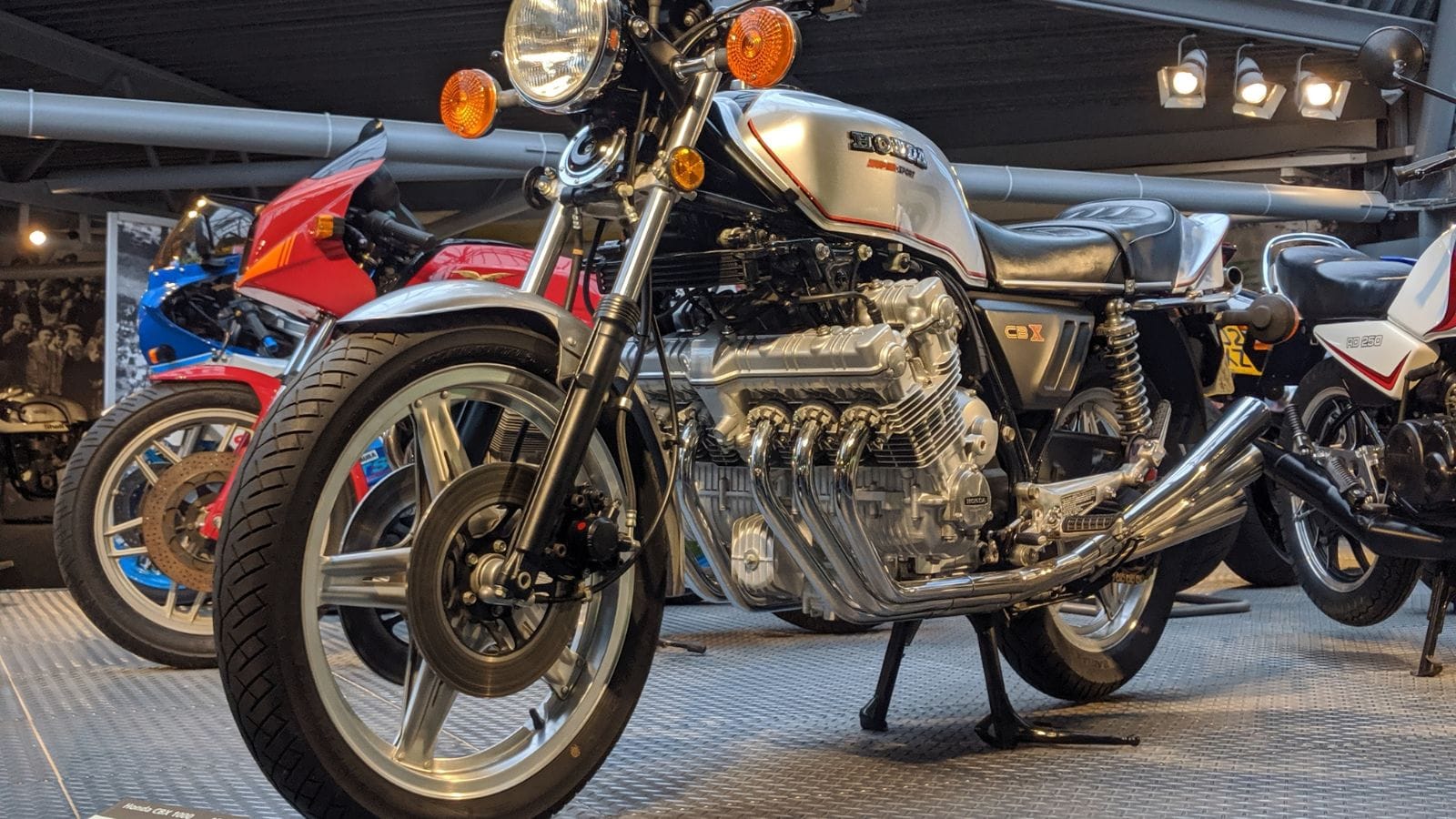
Honda shocked the world with the CBX, a six-cylinder sport bike that looked and sounded like nothing else. Its 1047cc engine produced over 100 horsepower, and its screaming exhaust note became legendary. In Canada, it was as much a collector’s item as a rider’s bike, too wide and thirsty for most, but iconic for its excess. The CBX was proof that manufacturers weren’t afraid to push engineering limits, even if it meant creating something impractical but unforgettable.
Suzuki Katana GSX1100S (1981–1983)
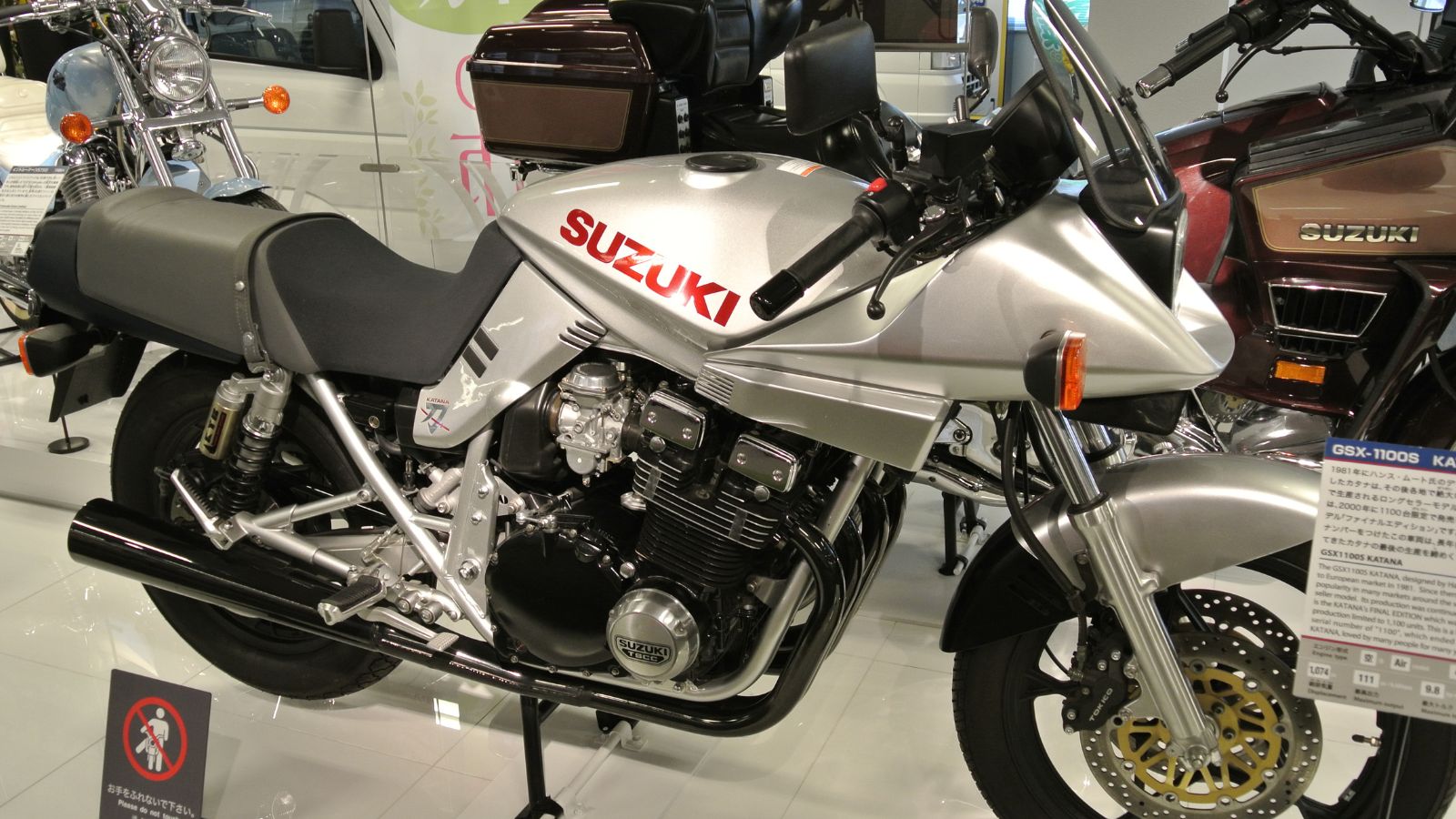
The Katana’s sharp-edged design looked like it belonged in the future. It was polarizing, but it redefined what sport bikes could look like. Underneath, the GSX1100S had the performance to back it up, with a powerful inline-four that gave it serious speed. Canadians admired it as bold and different, bridging the gap between 70’s muscle bikes and the sleeker sport bikes of the 80’s. Its styling influence is still seen in bikes today.
Kawasaki GPz550 (1981–1985)
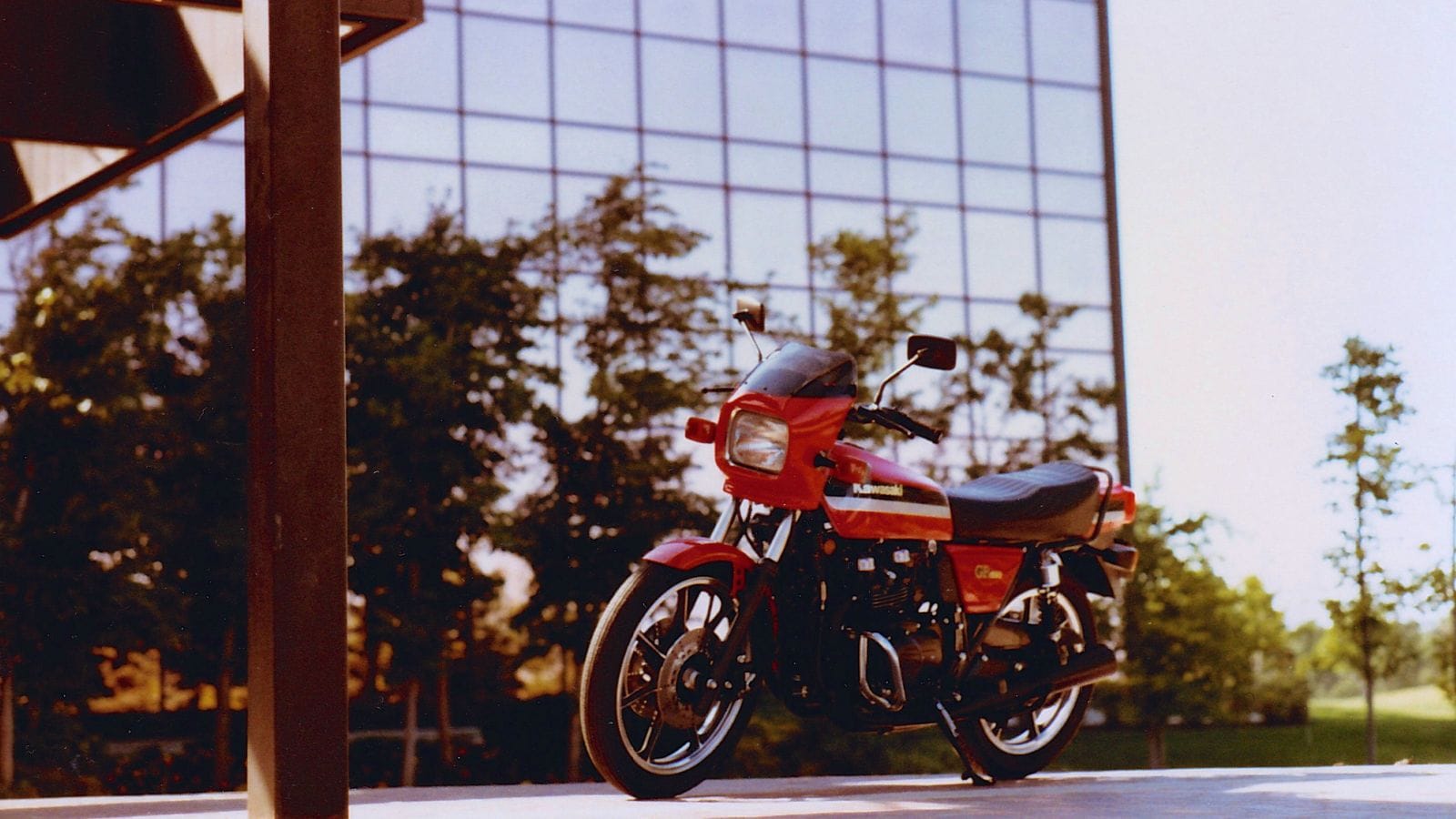
The GPz550 proved that middleweight bikes didn’t need to be compromises. With light weight, good power, and excellent handling, it became a rider’s bike through and through. In Canada, it was affordable and versatile, equally at home commuting or carving up back roads. For many younger riders, it was the perfect entry point into real sport biking.
Yamaha RZ350 (1983–1985)
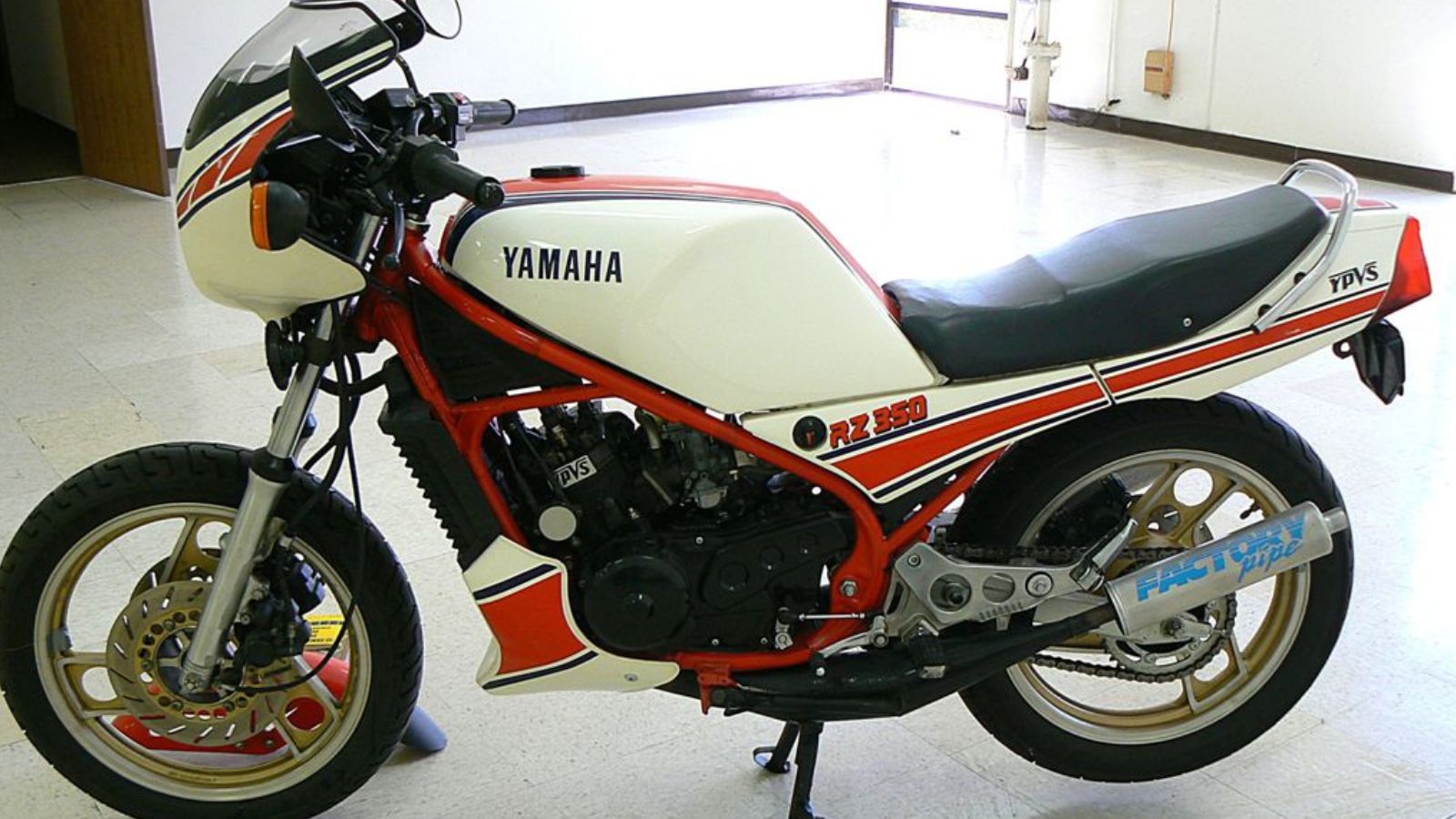
Though slightly outside the early-80s boundary, the RZ350 deserves mention as the ultimate evolution of Yamaha’s two-stroke sport bikes. Lightweight, agile, and fitted with power valves to tame its wild nature, it delivered thrills that few four-strokes could match. Canadians adored it, though emissions restrictions made it tricky to keep alive. It was the last gasp of the high-performance two-stroke era, and riders still treasure it today.
Laverda Jota 1000 (1976–1982)
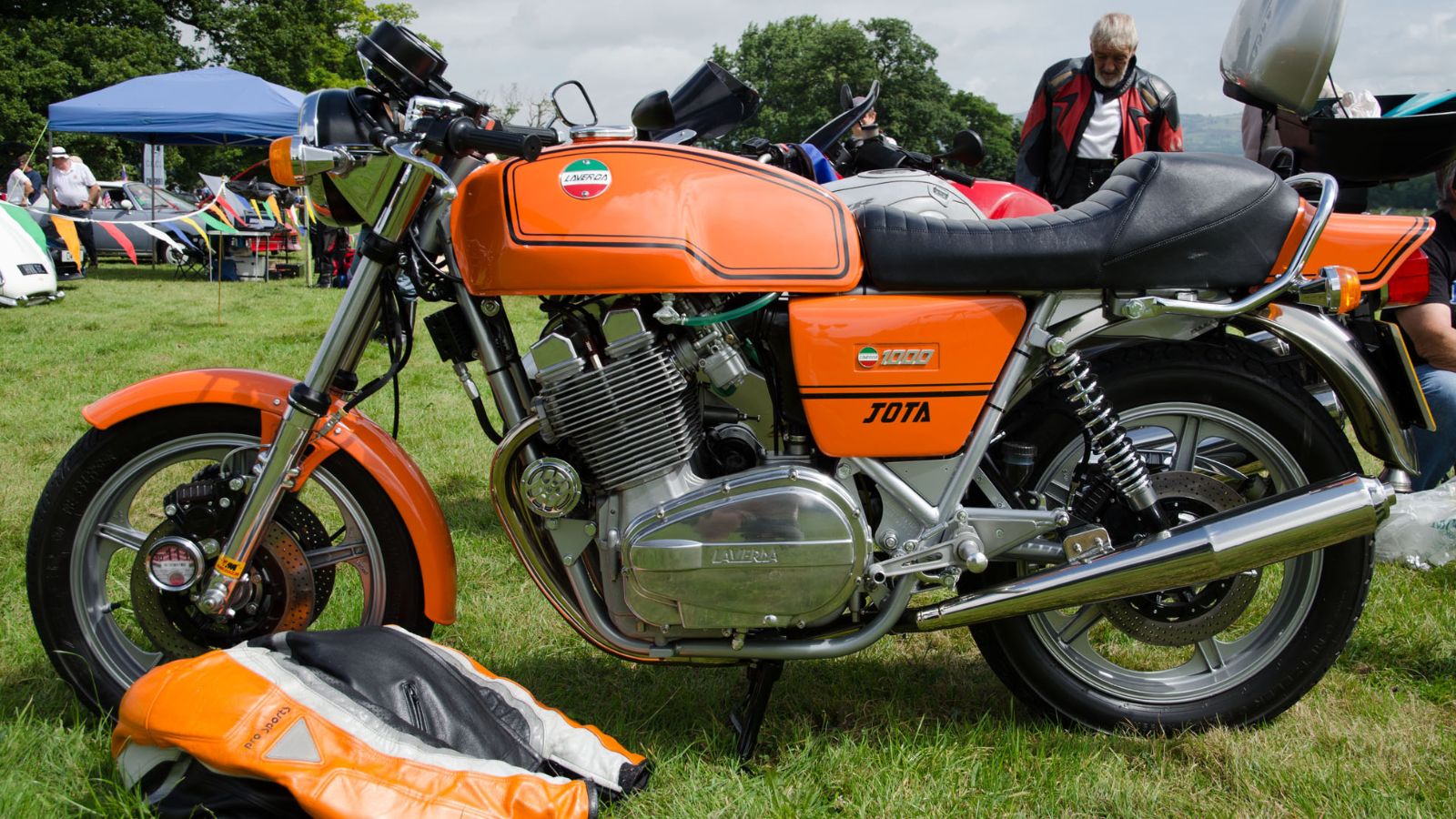
Italian flair at its finest, the Jota 1000 was exotic, fast, and uncompromising. Its triple-cylinder engine made a unique sound, and its aggressive stance was unlike anything else. For Canadians who managed to own one, it was a badge of honor. The Jota was expensive and demanding, but it rewarded riders with character and speed that stood apart from the Japanese machines.
Moto Guzzi Le Mans 850 (1976–1980)
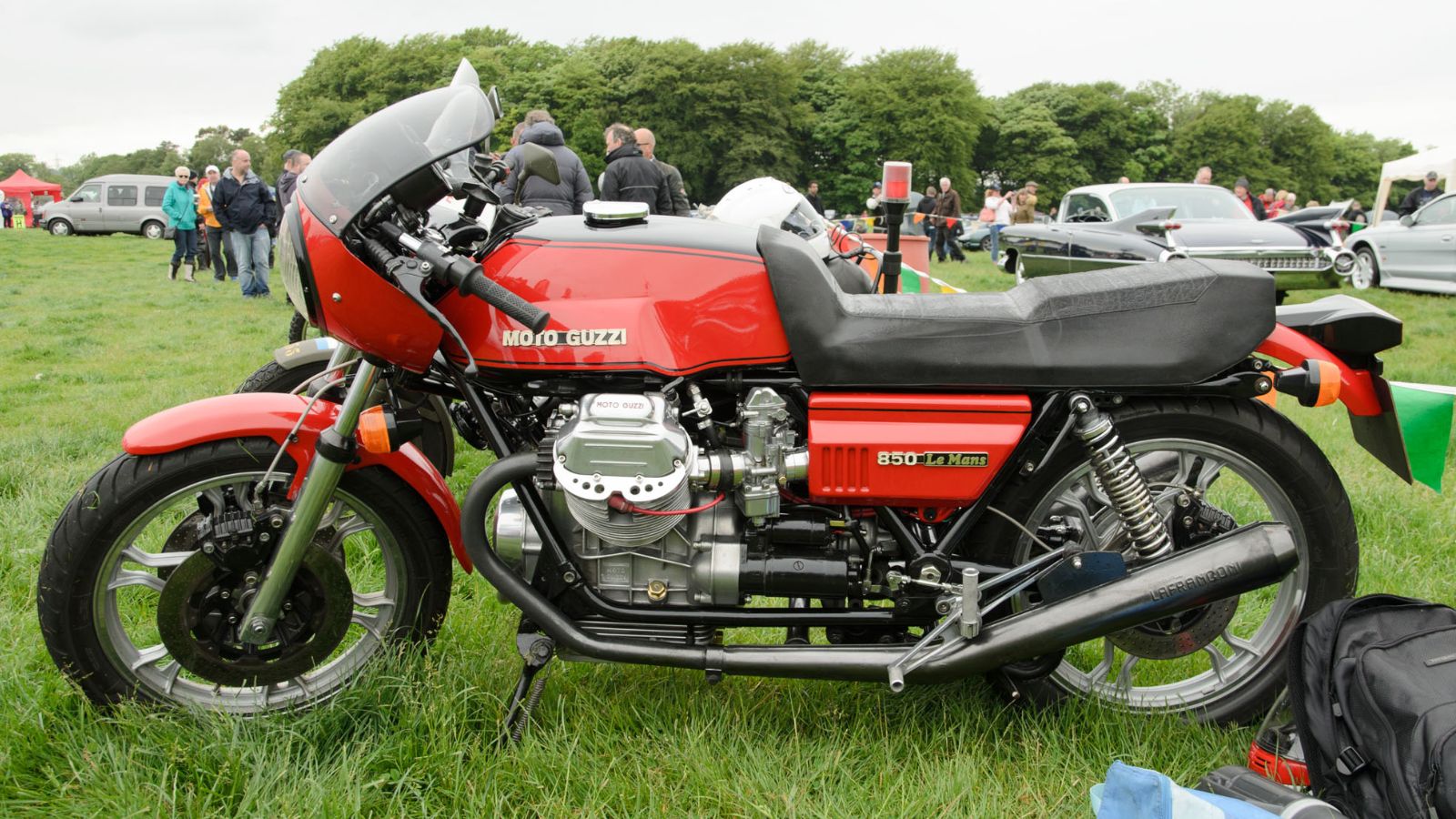
The Le Mans 850 brought Moto Guzzi’s quirky transverse V-twin into the sport bike conversation. It wasn’t the sharpest performer, but its style and charisma gave it a special place in history. Canadians who wanted something different found in the Le Mans a bike that could cruise all day but still bring a smile in the corners. It embodied the idea that sport bikes didn’t have to be cookie-cutter fast — they could be soulful too.
Kawasaki H2 Mach IV 750 (1971–1975)
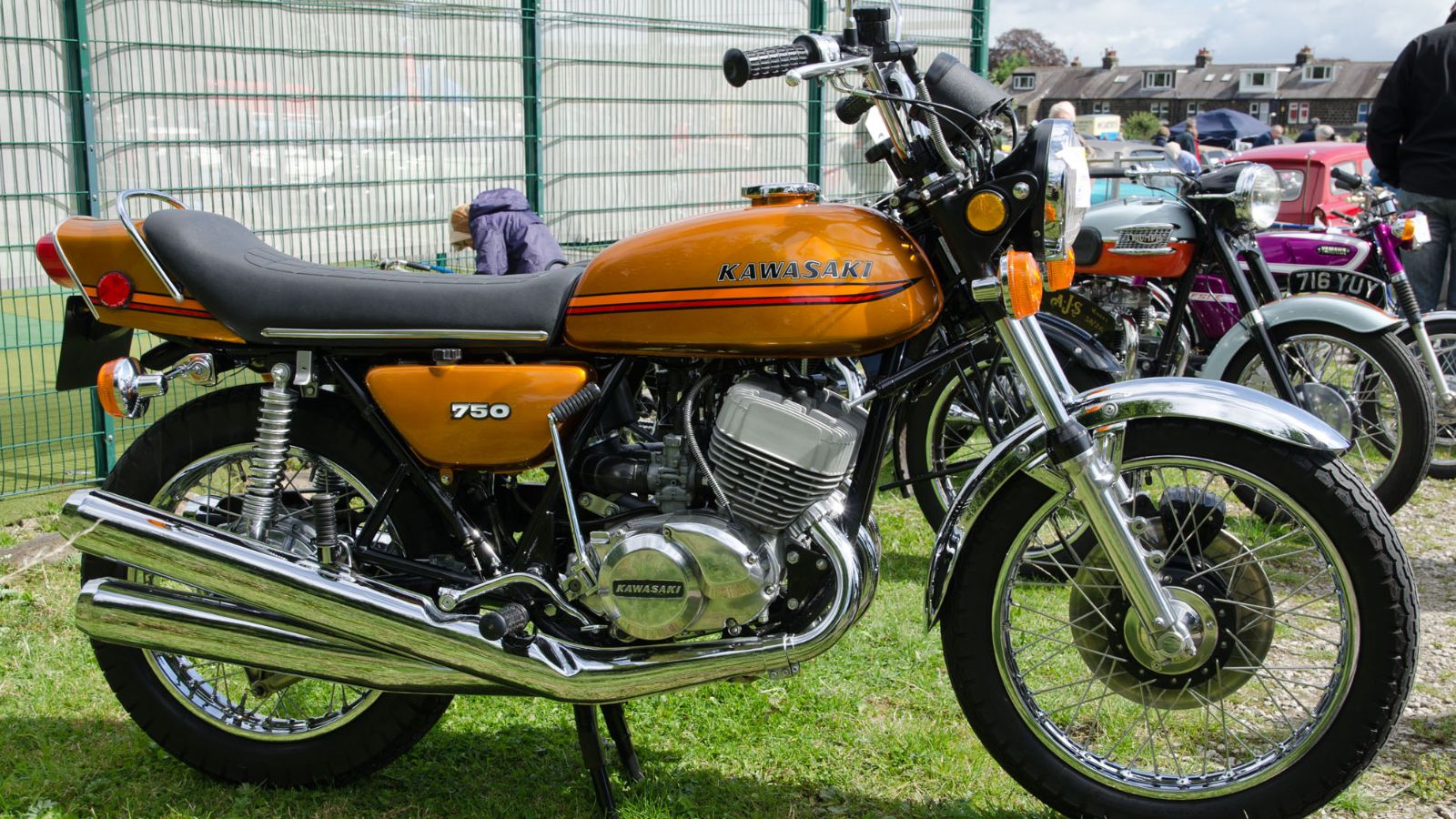
The “Widowmaker” H2 Mach IV remains one of the most infamous motorcycles ever sold. Its two-stroke triple delivered insane bursts of power, but its frame and suspension struggled to keep up. In Canada, it terrified riders and earned a reputation for being as dangerous as it was thrilling. It was the wild child of the 70’s — a bike that embodied both the excitement and recklessness of the era.
BMW R90S (1973–1976)
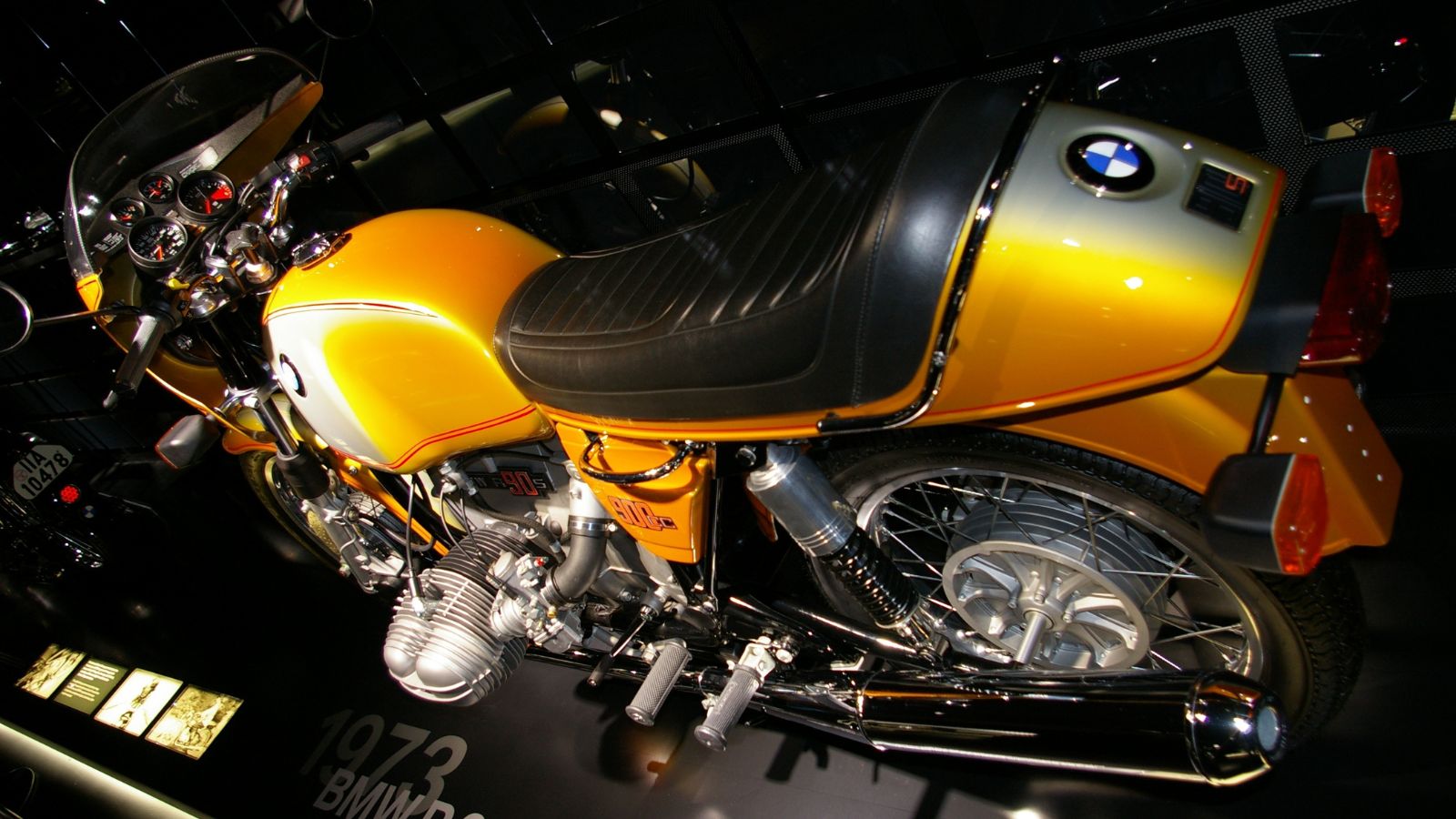
The R90S showed that BMW could play in the sporty arena. With stylish paint schemes, a café-inspired fairing, and strong performance for its time, it attracted riders who wanted both speed and sophistication. In Canada, it stood out as a premium alternative to the Japanese machines, offering long-distance comfort and a touch of European flair.
Suzuki GSX750E (1980–1983)
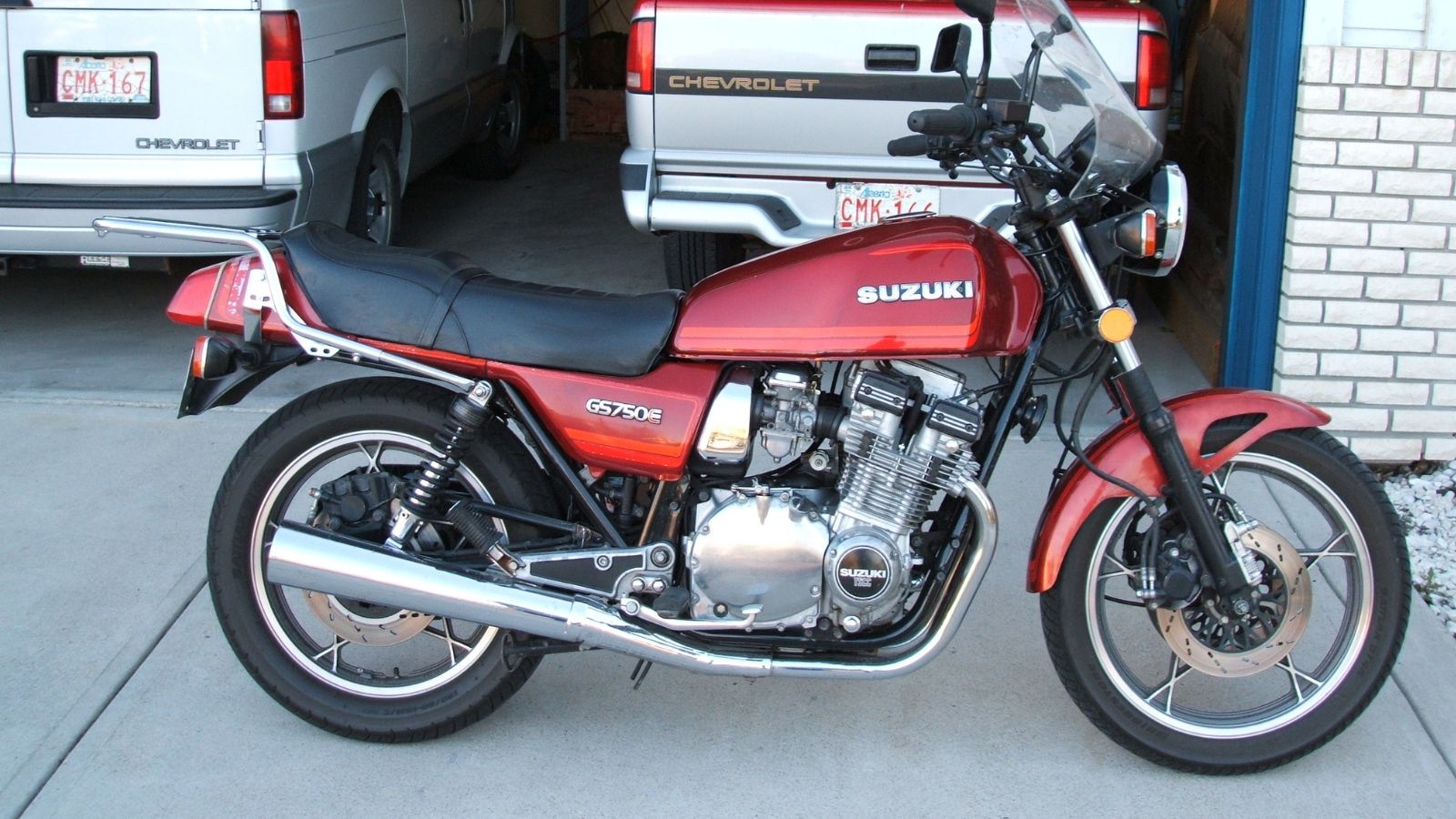
Suzuki’s GSX750E was the bridge between the old GS models and the later GSX-R revolution. It had the reliability of Suzuki’s four-stroke platform but enough sportiness to make it fun in corners. In Canada, it gave riders a mid-size option that balanced performance with practicality. While overshadowed later by the GSX-R, it played an important role in shaping Suzuki’s sport identity.
Yamaha FJ1100 (1984, early prototype roots from the late 70’s)
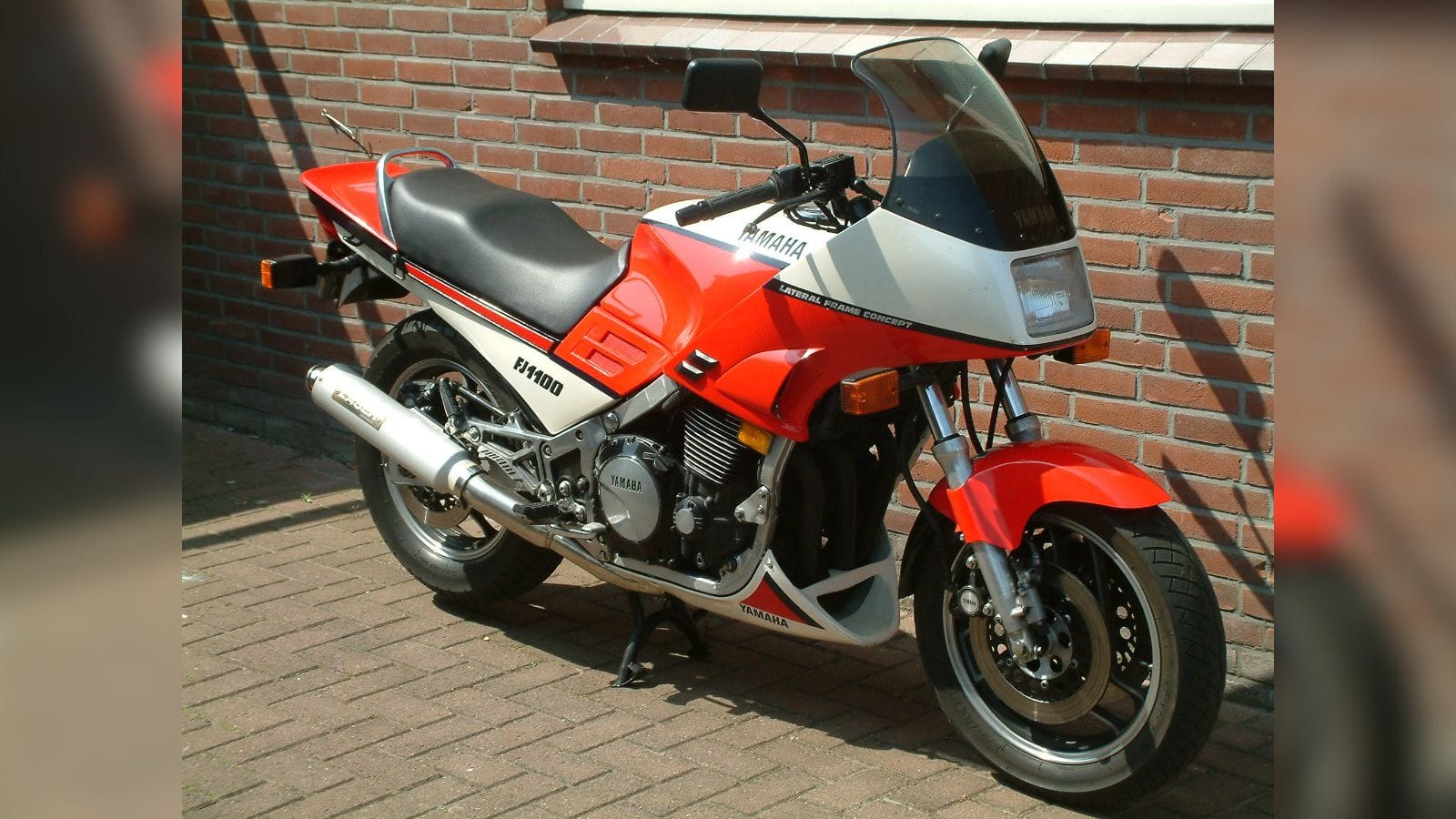
The FJ1100 blended sport performance with touring ability, creating the blueprint for the sport-touring class. While heavier than dedicated sport bikes, its big power and long-legged comfort appealed to Canadian riders who covered serious miles. It showed that performance didn’t have to mean sacrifice — you could have speed and practicality in one package.
Ducati Pantah 600 (1980–1985)
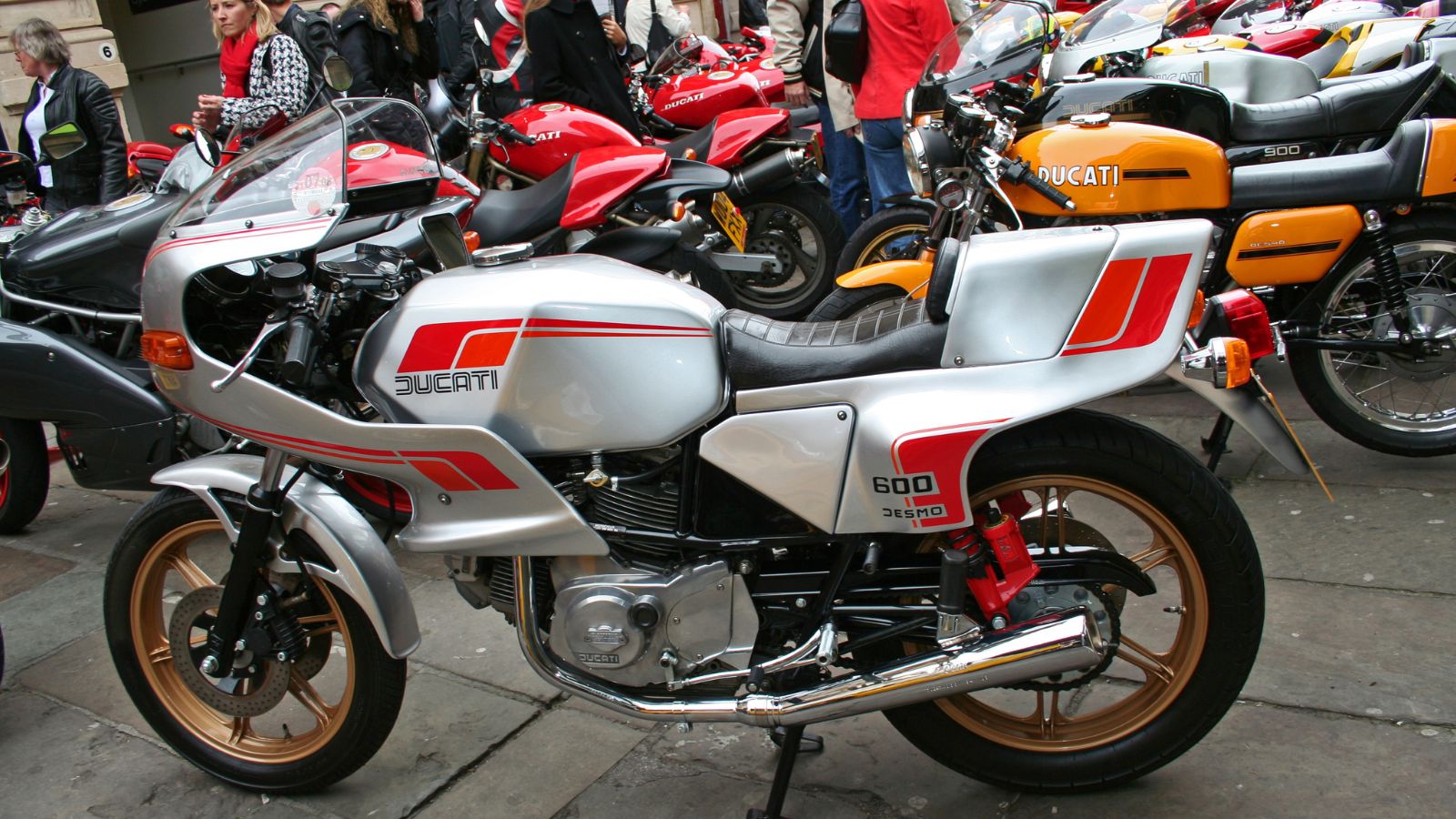
The Pantah introduced Ducati’s belt-driven cams, a technical shift that would shape the brand’s future. It wasn’t the fastest of the 80’s, but it brought Ducati engineering to a broader audience and made the brand more approachable. In Canada, it was exotic, appealing to riders who wanted something unique. Its influence can still be seen in every Ducati built since.
Kawasaki GPz1100 (1981–1985)
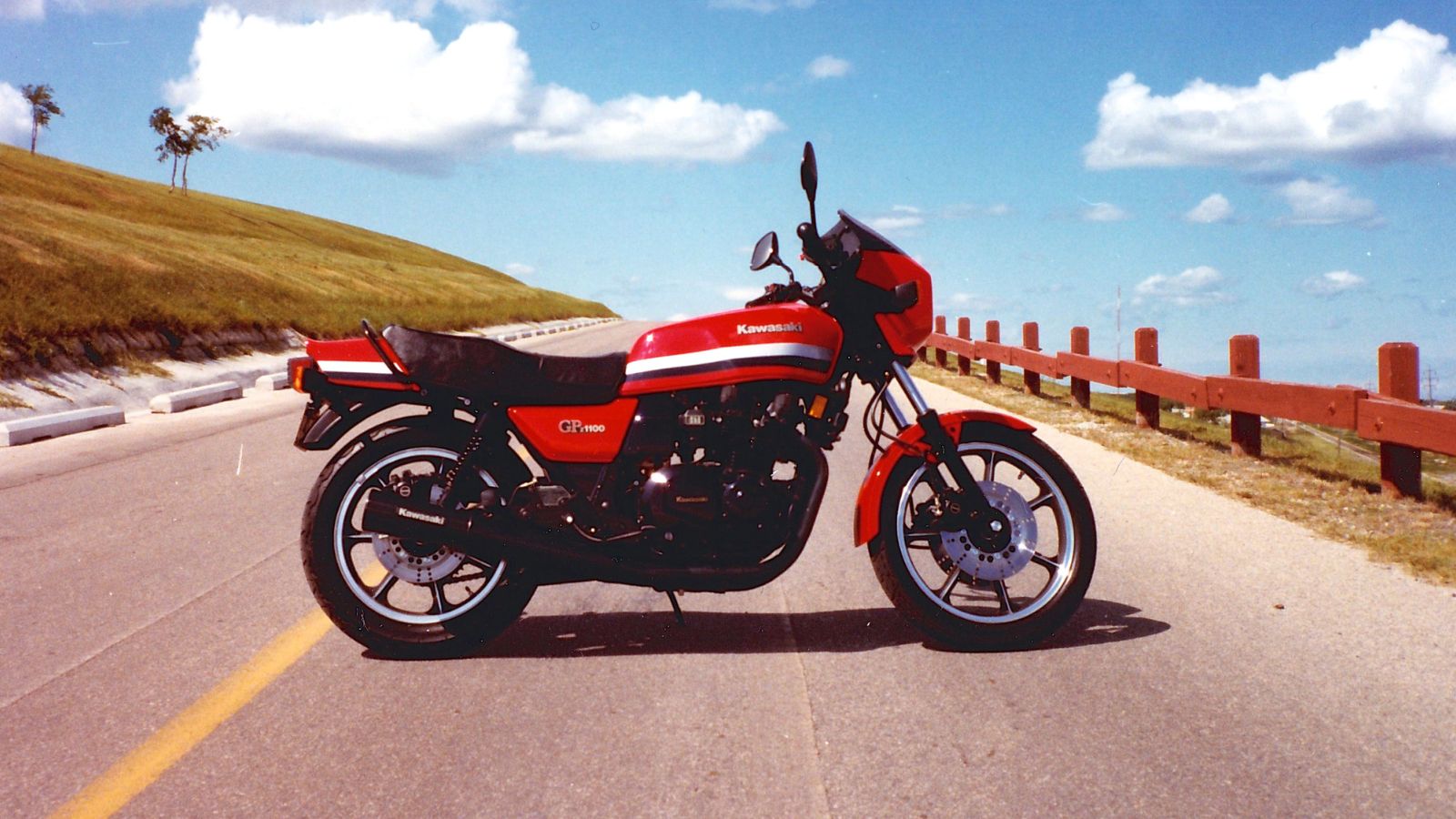
The GPz1100 was Kawasaki’s big flagship, featuring electronic fuel injection and bold styling. It was a superbike before the term became mainstream, and in Canada it was seen as cutting-edge technology. Big, fast, and brash, it carried the Kawasaki tradition of offering outrageous power wrapped in a sporty shell.
Why These Bikes Mattered
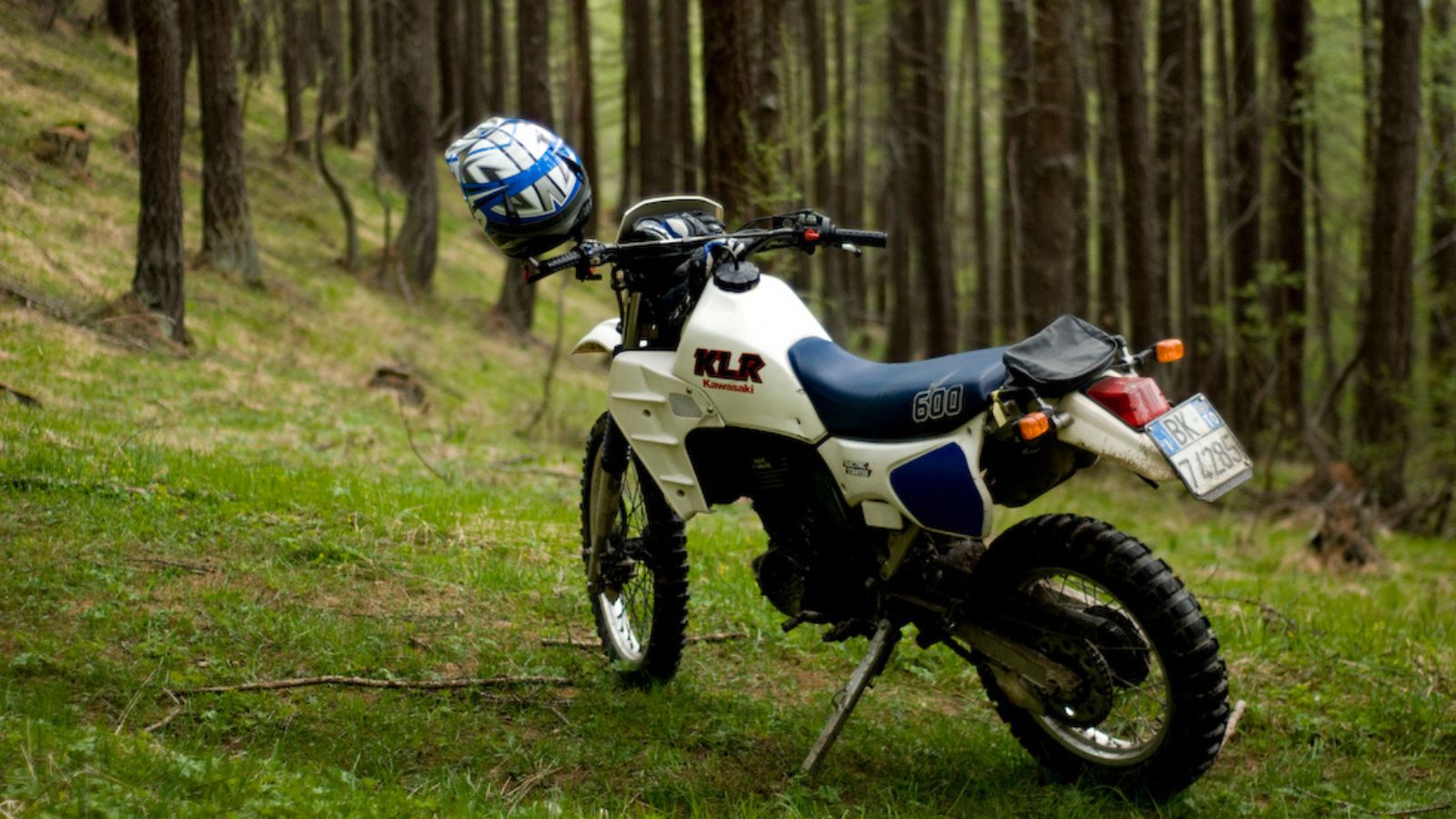
The 70’s and early 80’s were when the sport bike truly came of age. It was a time of experimentation, where two-strokes screamed, inline-fours roared, and European twins growled their way into history. For Canadian riders, it was an exciting era where innovation arrived almost yearly, and each brand tried to outdo the other with speed, style, and technology. These 20 bikes didn’t just define a generation — they laid the foundation for the sport bike culture that continues to thrive today, influencing every machine that followed.
25 Facts About Car Loans That Most Drivers Don’t Realize

Car loans are one of the most common ways people fund car purchases. Like any other kind of loan, car loans can have certain features that can be regarded as an advantage or a disadvantage to the borrower. Understanding all essential facts about car loans and how they work to ensure that you get the best deal for your financial situation is essential. Here are 25 shocking facts about car loans that most drivers don’t realize:
25 Facts About Car Loans That Most Drivers Don’t Realize
